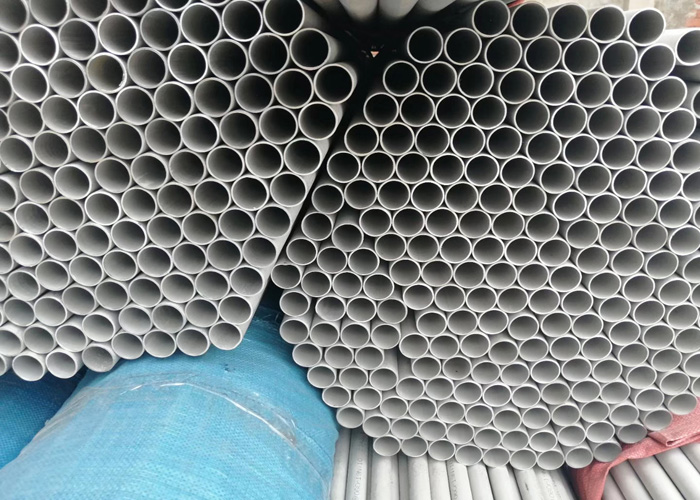Several types of stainless steel pipes in daily life
1. The surface of the stainless steel pipes contains dust or other metal particles attached to other metal elements. In the humid air, the condensed water between the attached material and the stainless steel connects the two into a micro battery, triggering the electrochemical In response, the protective film is destroyed, which is called electrochemical corrosion.
2. The surface of the stainless steel pipes is adhered to organic juice (such as melon, noodle soup, glutinous rice, etc.), and in the case of water and oxygen, it constitutes an organic acid, and the organic acid corrodes the metal surface for a long time.
3. The surface of the stainless steel adheres to acid, alkali and salt substances (such as alkali water and lime water splashing on the wall), causing local corrosion.
4. In polluted air (such as the atmosphere containing a large amount of sulfide, carbon oxide, nitrogen oxide), in the case of condensed water, sulfuric acid, nitric acid, acetic acid liquid point is formed, causing chemical corrosion.
All of the above can cause the corrosion of the stainless steel surface protective film to cause rust. Therefore, in order to ensure that the metal surface is permanently bright and not rusted, we recommend:
1. The surface of the decorative stainless steel pipes must be cleaned and scrubbed frequently to remove the attachment and eliminate external factors that cause modification.
2. 316 stainless steel is used in the seaside area, and 316 is resistant to seawater corrosion.
3. Some stainless steel pipes chemical components in the market can not meet the corresponding national standards, and can not meet the 304 material requirements. Therefore, it will also cause rust, which requires the user to carefully select the products of reputable manufacturers.
Why is stainless steel magnetic?
People often think that magnets adsorb stainless steel, verify its pros and cons and authenticity, do not absorb non-magnetic, think it is good, the goods are genuine; if the attractor is magnetic, it is considered a counterfeit fake. In fact, this is an extremely one-sided, unrealistic way of distinguishing mistakes.








